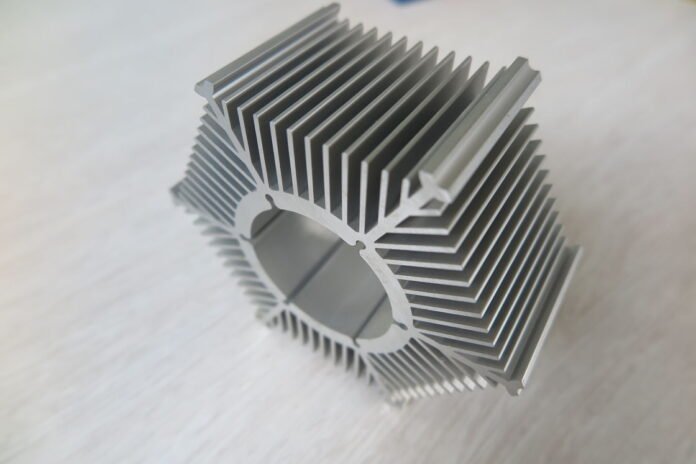Thermodynamics is one of those industries that has benefited the most from the invention of cold forged heat sinks, and theirs is no doubt about it. The thermal management systems world depended upon diecast and extruded round heat sink for the most extended period till the mechanical and thermal engineers joined their hands and created a more efficient alternative for thermal transfers. Since then, cold forged heat sinks have become the favorite choice for engineers worldwide, casting them into complex shapes to ensure excellent thermal conductivity.
The best thing about the cold forging process is that eight allows significantly more fins per square millimeter than any previous methods and also allows nearly perfect straightness of it. This article will tell you everything you need to know about cold forged heat sinks and why you should buy them for your industry.
What Is Actually A Cold Forged Heat Sink?
The name cold forged comes from its manufacturing process. Cold forging is generally done below room temperature, which allows deformation to happen with less resistance, and thus alloys and metals like aluminum and copper can be cold forged to make a profile of choice. After the cold forging process is completed, strain hardening is performed on the fins so that they become hard enough to end bear the required intensity. The reasons to choose cold forged heat sink over their thermal alternative are improved mechanical strength, High production rate, enhanced tolerance control, and reduced energy consumption.
The Working Principle of The Cold Forged Heat Sink
To know how exactly a cold forged heat sink works will have to first understand how they’re manufactured. The cold forging process involves aluminum or preferably copper material to be heated and compressed by the use of localized compression forces to make longer fins. The molding die contains the raw material for forming these Finn arrays that are formed by a mechanical punch.
To ensure that the end product maintains exceptionally high quality and the material does not degrade when the test of time, the cold forging process carry out with authority that impurities porosity or air bubble trapped within the process.
Why Should You Go for the Cold Forged Heat Sinks?
There has to be enough evidence to claim that the cold forging process is more efficient than die casting, hot forging, extrusion, and machining. The biggest reason and advantage of the cold forging process is better thermal conductivity.
The raw material for the cold forging process has a thermal conductivity of 226W/m.k. At the same time, the finished forging parts have even more than that. The more thermal conductivity means that the thermal performance of your components would be better, and no heat would be trapped inside.
Similarly, since the cold forged heat sinks use a strong base plate with integrally formed fins without much gap. It ensures that heat is dissipated from the structure more quickly. You will not require any mediator to conduct heat from the base plate into the films and outside.
Conclusion
Cold forged heat sinks are the best choice if you are looking for a mechanical option to cast complex shapes and maintain excellent thermal conductivity. A wide variety of applications and fantastic thermodynamics properties have ensured their great demand in the market, and thus, more and more industries are not inclined towards them.




